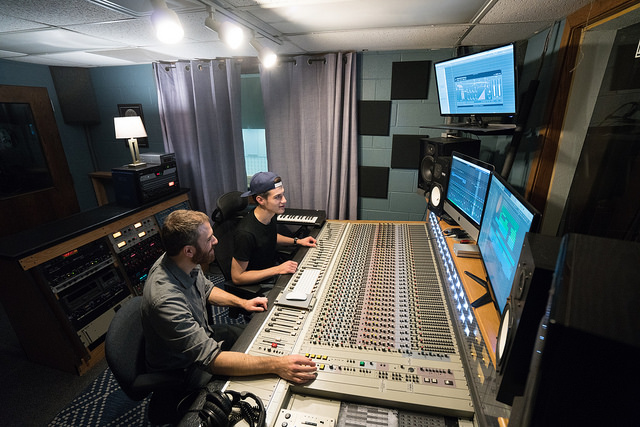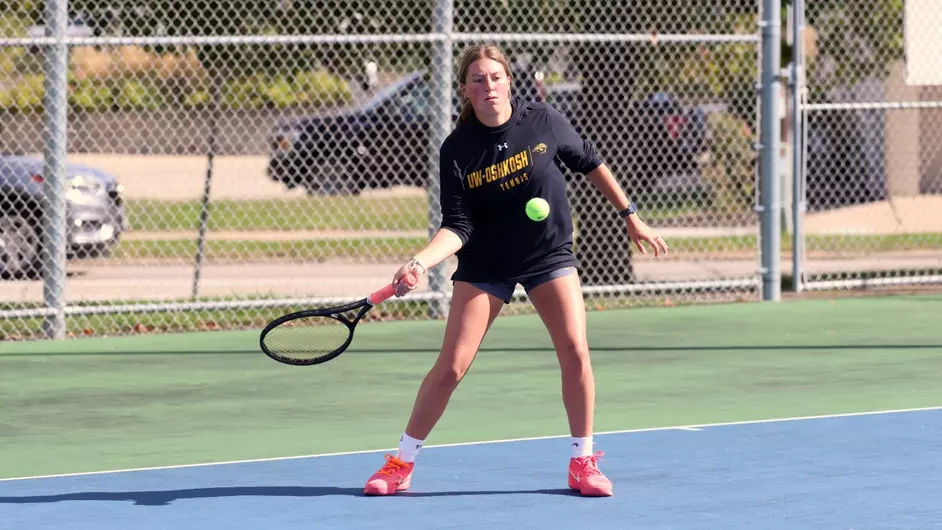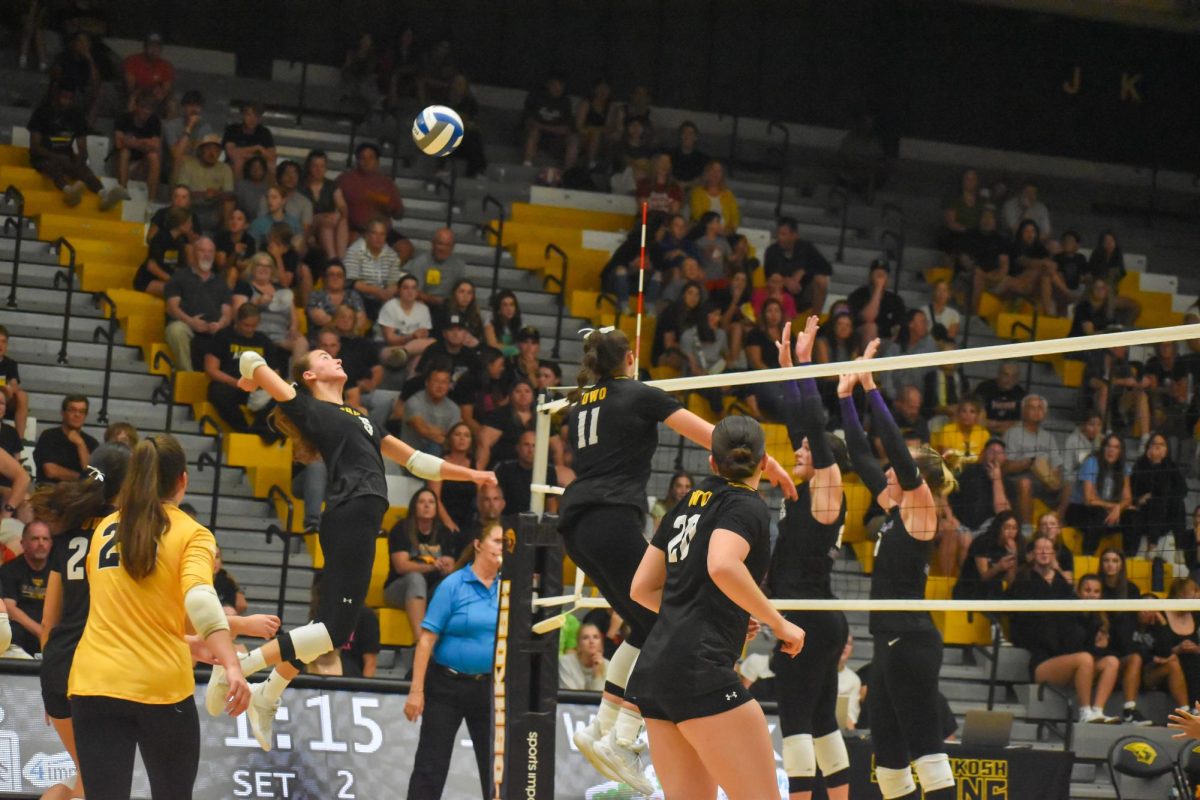Monitoring bird mortalities at UWO
May 2, 2019
According to UW Oshkosh associate lecturer of biology Brad Spanbauer, approximately one million birds die annually in North America from collisions with windows.
UWO professors are co-leading the Bird-Window Strike project to monitor bird mortalities on campus.
“That is a significant number of individuals, especially considering some species or families are more likely to strike windows than others, reducing their populations more significantly,” Spanbauer said. “Those species are part of a web of life that is losing links at an alarming rate, and many of the causes are attributed to humans.”
Spanbauer said they would like to bring awareness to the issue of bird deaths from window strikes and take action.
“The goal of this project is to record species that die from window strikes, analyze relationships between overall species abundances and proportions of window strike fatalities and determine which windows on campus are most likely to be associated with bird deaths,” Spanbauer said. “The ultimate goal is to develop modifications to these windows to prevent future bird collisions at UW Oshkosh.”
UWO associate professor of environmental studies and biology Misty McPhee said while window strikes are a significant source of mortality for birds, they are very preventable.
“A common approach is to put stickers on the window so the bird can see that there is a barrier there,” McPhee said. “Another is to hang piano wire, or some such, on the outside of the window — this moves in the breeze, deterring the birds from flying through.”
UWO student intern Brianna Beseler said they are interested in seeing the impact UWO buildings have on bird migrations.
“We are trying to study how sustainable our campus is, specifically about bird migrations,” Beseler said. “We are studying to see if our windows on campus are suitable for bird migrations so birds don’t fly into them and die.”
McPhee said they are collecting opportunistic and systematic data.
“This means that if someone sees a bird-window collision, they can report it to us,” McPhee said. “Every day for three weeks, our research team will walk the edge of eight campus buildings looking for birds.”
Spanbauer said anyone can participate in the collection of data.
“Right now, the best way to get involved in this project is to be hyper aware of your surroundings and fill out the Google form as soon as possible after you see a window strike occur, or if you see a dead bird under a window on campus,” Spanbauer said. “This allows us to gather more data and hopefully get a more complete picture of the factors that contribute to this issue.”
Beseler said birds are a vital part of the ecosystem.
“It is hard to understand an impact just one species has on an environment but it can be huge,” Beseler said. “It is important for us as individuals to do everything we can to have minimal impact on our environment, and for birds to die flying into objects we built can create a huge impact on bird populations, so we are trying to do everything we can to coexist.”
McPhee said we are losing biodiversity at an unprecedented rate because of human actions.
“Every piece we lose makes our world less resilient to all of the changes we are inflicting upon it,” McPhee said. “Also, we depend on healthy ecosystems for our own survival and every species we lose has drastic effects on the health of our ecosystem, and thus our own health.”













